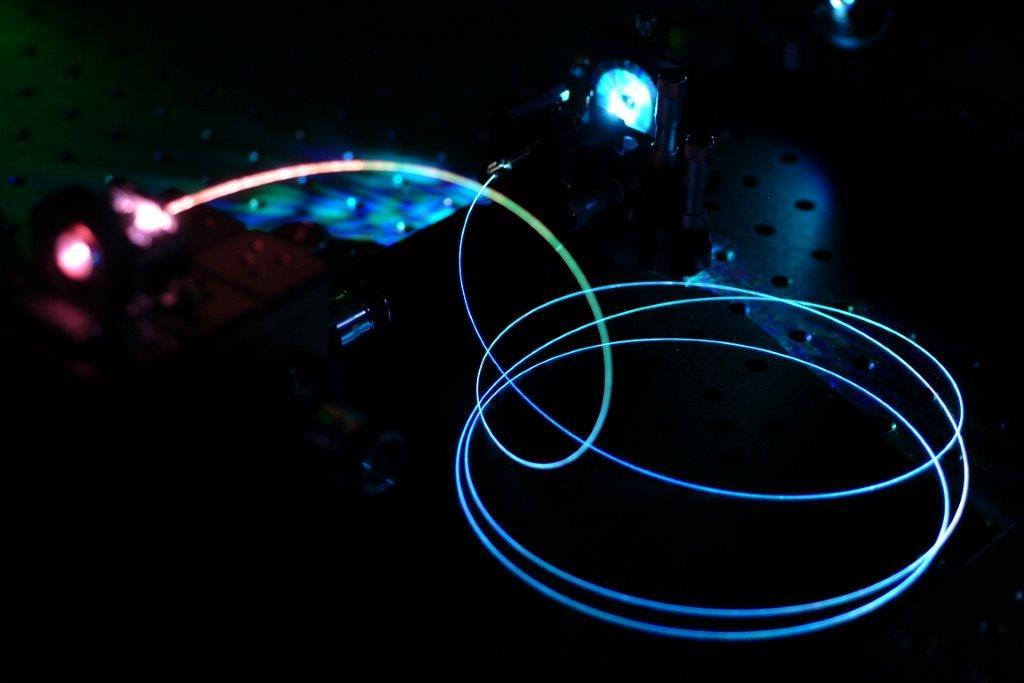LZH research and development departments extend their focuses
Laser technology and photonics are dynamic research fields. Based on current scientific and research politics, the needs of industry and new research trends, the LZH leadership regularly revises the strategic orientation of the institute. The new research and development focus is reflected in the department and group structure, which was changed in January 2017.
Transfer of medical imaging methods to machine building
Imaging processes are becoming more and more important for machine building. The Biomedical Optics Department is currently transferring established methods from medical imaging to industrial manufacturing. Complete images of components can now be made using the most modern imaging processes: An application with a high potential – not only for quality control. Also, measurements, such as depth profiles, can be entered directly into the manufacturing process. This new field of application is now visible in the name of the department – “Industrial and Biomedical Optics Department”. At the same time, the “Biophotonic Imaging and Manipulation Group” has been renamed to “Imaging and Metrology Group”.
Light-based solutions for agriculture and food technology
From weed killing without chemicals to marking foods using the laser: The world of plants also has a high potential for laser-based solutions. “Since January 2017, the “Food and Farming Group” under the leadership of Dr. Christian Marx is working on new applications for agriculture and food technology,” explains Dr. Tammo Ripken, head of the Industrial and Biomedical Optics Department.
Optical Systems
Dr. Nadine Tinne is head of the new “Optical Systems Group” in the Laser Development Department. This group is mainly concerned with components for the modification and modulation of laser radiation. The scientists are developing and characterizing active and passive optical components, in order to amplify laser radiation or to modify the beam between the laser output aperture and the workpiece.
From the harbor basin to the deep sea
The Materials and Processes Department has already proved that laser material processing also functions under water. The new Underwater Technology Group concentrates on the further development of laser cutting under water – for example for removing sheet piling in a harbor basin. “The development of systems for the material analysis of natural resources in the deep sea is equally exciting” says the head of the new group, Benjamin Emde.
In the Nanotechnology Department, the Nanomaterials Group and the Nanophotonics Group have also merged.
„The organizational chart shows that laser technology and photonics are key technologies for providing new impulses for many different branches. Thanks to these dynamics and the interdisciplinary approach of our institute, the LZH has always been able to open innovative, future-oriented application fields,” sums up Dr. Dietmar Kracht, scientific-technical executive and member of the board of the LZH.

